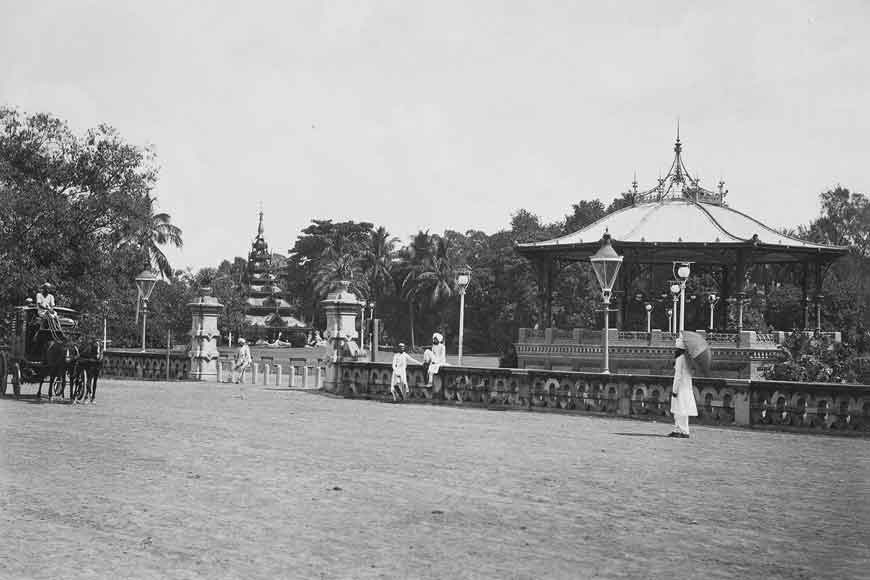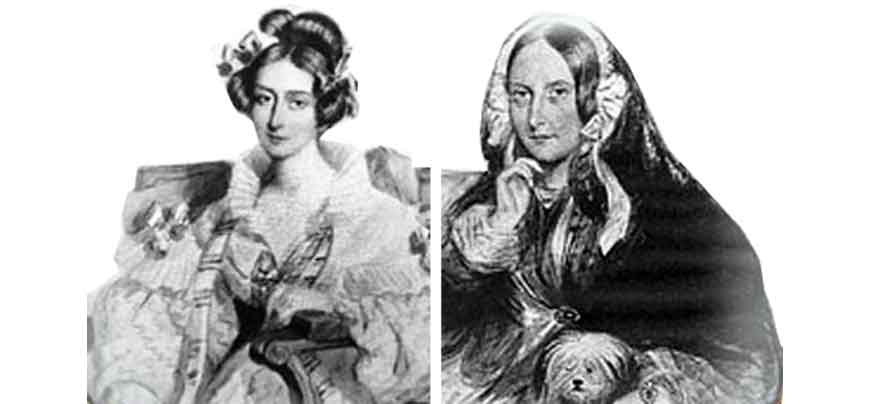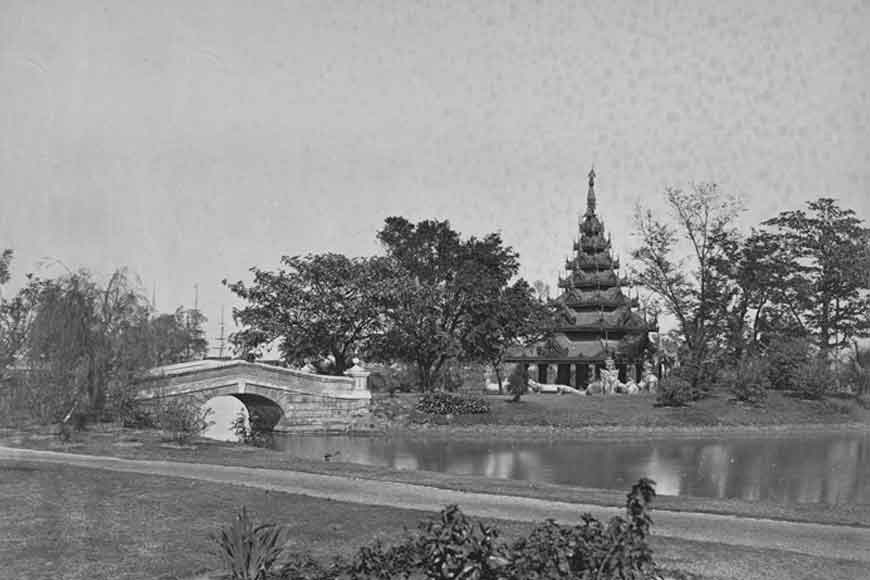Eden Gardens: A gift of love for Kolkata by three British siblings

IKolkata’s jewel, the Eden Gardens, is the oldest and second-largest cricket stadium in India and third largest in the world. Established in 1864, the stadium currently has a capacity of 68,000. But the checkered history of this place draws us all, not just the historic games played here down ages. Calcutta grew and transformed rapidly in the 19th century from a cluster of three villages and became the second city of the British Indian Empire after London. The British built Calcutta around Fort William, not just for the burgeoning European population but also as the nerve centre of their growing Indian empire.
The majestic Hooghly-Bhagirathi aka the holy Ganga River meandered southward through dense forestland. This forested area was infested with savage bandits who ruled the waterway. Merchant ships were often attacked by band of robbers living in the dense jungles. So, the British decided to come up with a beautiful garden in this area and turn it into recreational purpose. Eden Gardens, situated at the northern end of the Maidan, was designed during the time of Governor-General Lord Auckland (1836-42). Originally ‘The Auckland Circus Gardens’, the area south of Baboo Ghat changed to Eden Gardens. As per the British Archives, “Baboo Rajchunder Doss, husband of Rani Rashmoni gifted this land after Lord Auckland and his sisters Emily Eden and Fanny Eden helped him save his third daughter from a deadly disease.” Eden Gardens, many believe, may be commemorating the Eden family.

Lord Auckland’s sisters, Emily and Fanny, came to Calcutta and found it difficult to adopt to the hot and humid weather here. The sisters went strolling in an area frequented by other Europeans who preferred to saunter in that particular part of the city. The two sisters decided to make some changes to the landscape and make it aesthetically pleasing for visitors. At their behest, lawns, flower gardens, rows of palm trees, fountains were set up. In 1834, the garden was finally laid out and it formed part of the Viceroy’s estate. Initially the sisters tended the garden that later became a famous public garden, which now houses the Calcutta Cricket Club.
In the mid-19th century, the Maidan area was a dense jungle. A few weavers’ huts formed a cluster or two in the area. Chandpal Ghat was the main berth in Calcutta where ships docked. British and European seafarers and voyagers used to land at that wharf. For them, the newly-laid garden provided a whiff of fresh air and reminded them of their homeland. Initially, it was popularly called ‘Lady Garden’ although it was formally christened ‘Auckland Circus Garden’. In 1856 it was renamed the Eden Gardens. From 1865 to 1871, the park was extensively renovated. The game of cricket had started before the Eden Gardens came into being. The first cricket club outside Britain was the Calcutta Cricket Club founded in 1792, and the first match was played 12 years later in front of Government House which is the Raj Bhawan of the present day on January 18 and 19, 1804, between the Etonians, senior civil servants and other company officials. According to archival records, in 1825, the club got a plot on the Maidan between Government House and Fort William to be used as a cricket ground and in 1841, permission was granted to the club to enclose the ground with a fence but the Army at Fort William, described the club as an “encroacher.”
From the mid-19th century, Maidan was a zone of contention between the British military and British civil society. While the military thought it should mainly be for their purposes and monitoring of Fort William area, another section was actively considering it as a recreation zone with cricket as a part of that. Finally, the official nod was given in 1864 and the legacy of the oldest cricketing ground began. A large tract of the Eden Garden’s plot was later taken over for construction of Akashvani Bhavan and Netaji Indoor Stadium. The rest of the plot is devoted to the memory of Lord Auckland's two sisters. Eden Gardens is a gift from the two sisters to Calcutta. Their brother, Lord Auckland’s contribution is also undeniable since he did everything to fulfill the wishes of his siblings. Earlier, a statue of Lord Auckland was installed within the gardens but it was later shifted to a site close to the Calcutta High Court.

In British Calcutta, Eden was called promenade – an area where people – couples and families especially – go for a walk in order to ‘be seen’ and be considered part of society. During the afternoons, when the British aristocrats sauntered in the gardens, the regiment stationed at Fort William played the band in the vicinity. Initially, all visitors had to pay an entry fee to get access to the ground but in 1880, Seton Karr, a prominent British aristocrat refused to pay the entrance fee. His justification was that since the garden was a private property, it was unethical to demand an entry fee. Following his demand, the entry fee was scrapped.
In 1856, a Pagoda was set up in the gardens, which is still a popular spot for visitors. The Pagoda was built in Prome in 1852 by Ma Kin, wife of Moung Honon, Governor of Prome, Burma. It was taken to Calcutta in 1854 by the order of Lord Dalhousie. The Pagoda still stands towards the northern part of the stadium.









